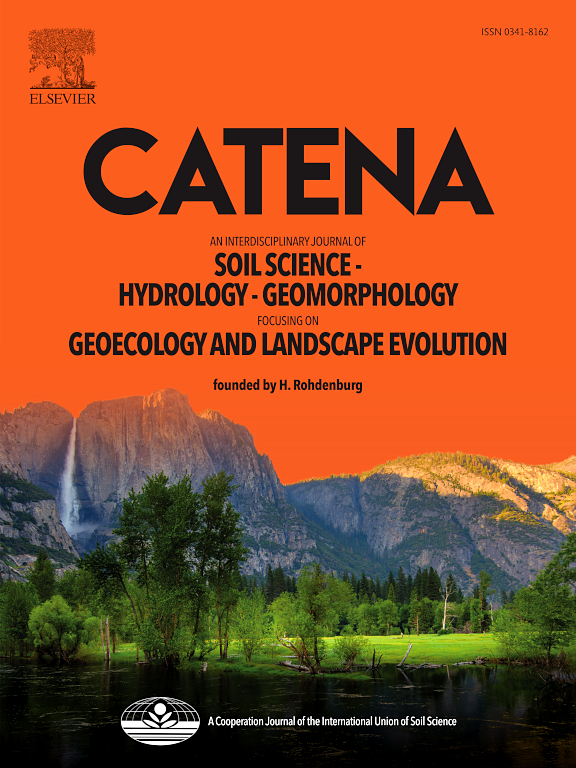A methodological framework to quantify riparian corridor evolution by image classification and consecutive LiDAR analysis
IF 5.4
1区 农林科学
Q1 GEOSCIENCES, MULTIDISCIPLINARY
引用次数: 0
Abstract
Knowledge of the evolution of the riparian corridor in a context of increasingly regulated and anthropized rivers is a key element in river management and in the natural functioning of the river, both in their biotic and abiotic components. For the monitoring of these dynamic riparian spaces, it is essential to recurrently assess riparian vegetation growth and structure. In this sense, the use of LiDAR technology and the classification of images in a GIS environment greatly facilitate the task. In this article, a methodology for monitoring the evolution of riparian corridor structure and river channel forms in a novel and remote manner is presented and exemplified in the Tiétar river, a Mediterranean river with permanent flow. LiDAR flights from the years 2009 and 2019 (10 years apart) were analysed and compared. Vegetation height and density was measured using the indicator LPI (Laser Penetration Index) at different relative elevations with respect to the main channel. Segment typology was considered to analyse the results (i.e., confined vs. unconfined). Additionally, changes in channel forms were analysed through supervised classification of satellite images. The results showed an increase in corridor density at lower elevations, near the river bank and a loss of the altitudinal gradient of vegetation density in the unconfined segments. Regarding heights, there is an increase in the number of small-sized specimens at lower elevations and a decline in large-sized along the studied period. The methodology used in this study demonstrates the effectiveness of these technologies for monitoring forest ecosystems, as well as in the search for changes in the riparian corridor at previsously unattainable resolutions, accuracies and spatial coverages, which facilitates a deeper understanding and more effective management of these dynamic environments.

求助全文
约1分钟内获得全文
求助全文
来源期刊

Catena
环境科学-地球科学综合
CiteScore
10.50
自引率
9.70%
发文量
816
审稿时长
54 days
期刊介绍:
Catena publishes papers describing original field and laboratory investigations and reviews on geoecology and landscape evolution with emphasis on interdisciplinary aspects of soil science, hydrology and geomorphology. It aims to disseminate new knowledge and foster better understanding of the physical environment, of evolutionary sequences that have resulted in past and current landscapes, and of the natural processes that are likely to determine the fate of our terrestrial environment.
Papers within any one of the above topics are welcome provided they are of sufficiently wide interest and relevance.
 求助内容:
求助内容: 应助结果提醒方式:
应助结果提醒方式:


